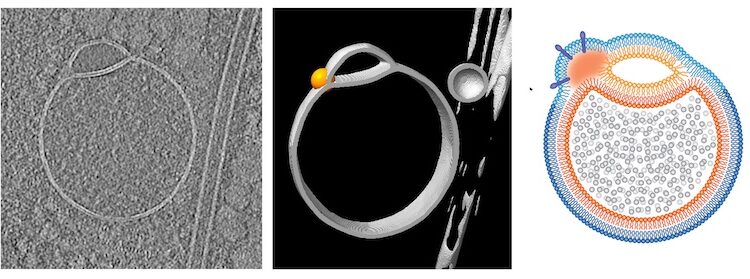
A painless breath-holding technique offered at the University of Virginia Health System is sparing women heart damage associated with radiation treatment for breast cancer.
Known as voluntary deep inspiratory breath hold (DIBH), the technique significantly reduces the radiation exposure the heart receives during breast cancer treatments. Patients take and hold a deep breath for up to 20 seconds, allowing their care team to target the radiation exactly where it’s needed and avoid the cardiac tissue.
“With this technique, we have a more effective and lower cost way to spare the heart, and we get two things. We get separation of the heart from the chest wall and we also get immobility, which we love in radiation. We don’t want people moving. So it keeps our target still in a patient-friendly way and it also moves the heart out of the way,” said UVA radiation oncologist Monica Morris, MD. “It’s very elegant.”
Avoiding heart damage
The potential damage to the heart caused by treatment of breast cancer has been highlighted by a study recently published in the New England Journal of Medicine . It found that radiation exposure to the heart increased the rate of ischemic heart disease proportionate to the exposure, beginning within weeks of treatment and continuing for at least 20 years. Other papers have established a small increased risk of heart disease and even death – a particular concern considering that breast cancer is, in many cases, curable.
UVA’s technique has been demonstrated, in papers published in peer-reviewed journals, to reduce the radiation exposure to the heart significantly, even beyond the use of more expensive approaches, while still producing outcomes as successful as the traditional treatment approach. Other attempts at using breathing regulation to spare the heart, such as active breathing control (ABC), require a mouthpiece that forcibly controls breathing; with UVA’s technique, the patient is in control.
“Patients really love it because they’re participating in their treatment and care,” Morris said.
Precise treatment
UVA’s breathing technique combines advanced imaging with an active role for the patient. Patients are given electronic goggles that show them a virtual gauge tracking their breath holding. By watching the visual feedback, patients can ensure they’re holding their breath appropriately.
“We have a software algorithm that verifies the accuracy of the breath hold throughout the treatment time,” said UVA medical physicist Krishni Wijesooriya, PhD. “It makes sure the patient always stays in the same position when she’s being treated. If she moves out of position, the radiation beam automatically turns off.
” The patient’s care team, meanwhile, uses advanced imaging to view inside the body on not just one but two planes, creating a three-dimensional depiction. This allows for an extremely precise approach to administering the radiation, allowing the team to avoid having the radiation beam pass through the heart. “
The imaging for positional accuracy, the procedure of voluntary deep inspiratory breath hold and patient cooperation via visual bio feedback – having them play a role – those three components together are what make our program successful,” Wijesooriya said.
Better cancer care
The voluntary deep inspiratory breath hold technique was pioneered at UVA by Paul Read, MD, PhD, who also recently devised a streamlined treatment for cancers that have spread to bone. Typically such treatments span weeks, but Read’s approach reduces the treatment course to a single day.
Morris and her UVA colleagues also offer condensed treatment courses for early breast cancers, with options for treating both the whole breast and partial breast.



